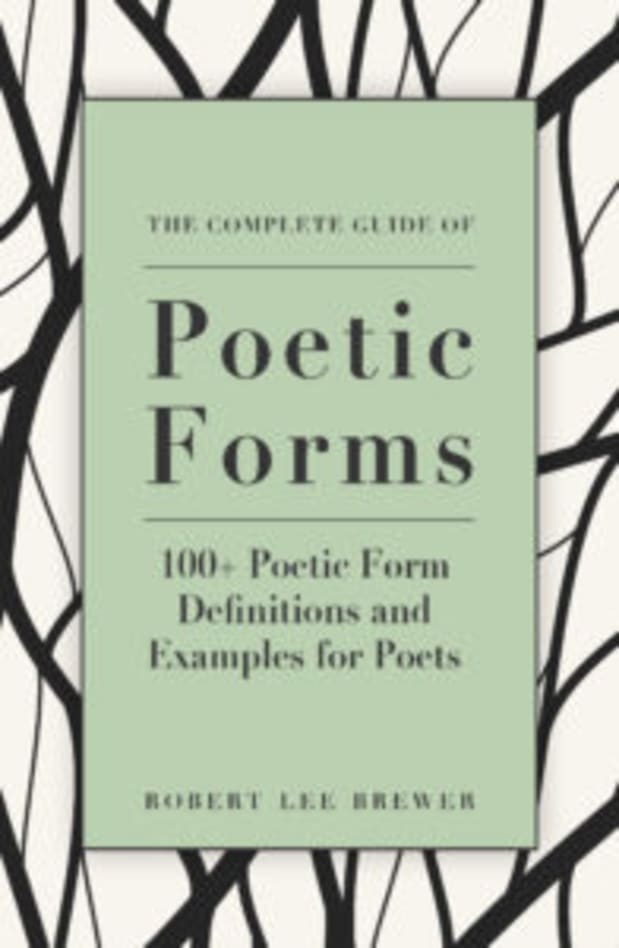Poetic Form Fridays are made to share various poetic forms. This week, we look at the dansa, an Occitan poetic form.
I found the dansa in Robin Skelton’s The Shapes of Our Singing, and I have to say it’s been fun to write. The dansa offers just enough rules to give some structure to the poem, but it still lends quite a bit of freedom to the poet. It’s an Occitan (the official language of Catalonia) form with no set meter.
Here are the guidelines for writing the dansa:
- Opening quintain (or 5-line stanza) followed by quatrains (or 4-line stanzas)
- The opening line of the first stanza is the final line of every stanza, including the first
- Rhyme scheme in the opening stanza: AbbaA (capital A represents the refrain)
- Rhyme scheme in all other stanzas: bbaA
No other rules for subject, length, or meter. Told you there was a lot of freedom with this one!
*****

Play with poetic forms!
Poetic forms are fun poetic games, and this digital guide collects more than 100 poetic forms, including more established poetic forms (like sestinas and sonnets) and newer invented forms (like golden shovels and fibs).
*****
Here’s my attempt at a Dansa:
Propriety, by Robert Lee Brewer
We never kiss and tell,
because that would be bold
and just a little cold,
like seeing snow in hell–
we never kiss and tell.
Instead, our hands we hold
unless our arms we fold
as we wish ourselves well
and never kiss and tell.
Not for big bags of gold
received until we’re old
enough to break the spell
of who will kiss and tell.
Can you be more specific about the content of your article? After reading it, I still have some doubts. Hope you can help me.